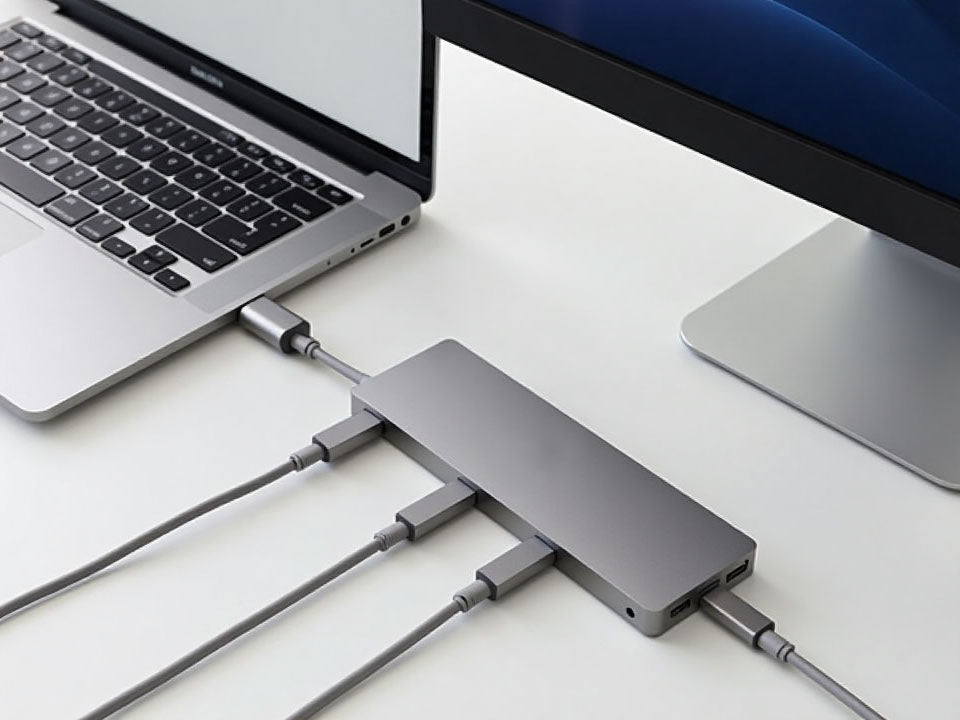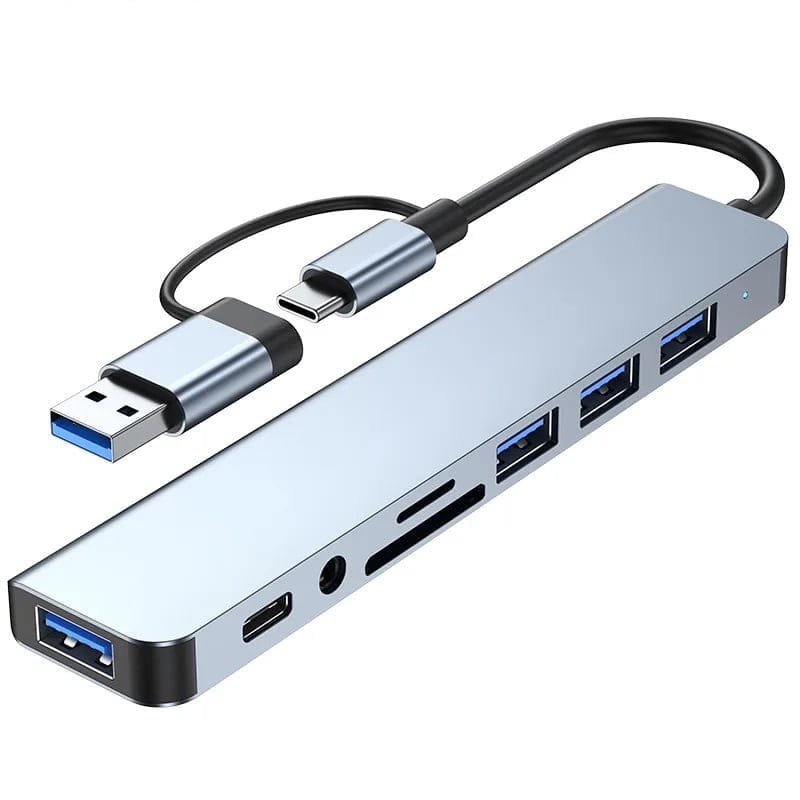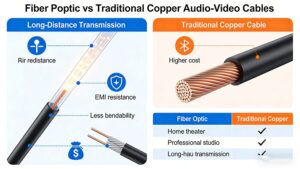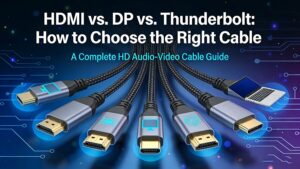USB-C vs. traditionelle Hubs: Workflow-Effizienz im Vergleich
Einführung
In den heutigen multitasking-gesteuerten Arbeitsumgebungen sind USB-Hubs für die Erweiterung der Konnektivität unverzichtbar. Die Wahl zwischen USB-C und herkömmlichen USB-Hubs (USB-A) kann jedoch erhebliche Auswirkungen auf die Optimierung des Arbeitsablaufs haben. In diesem Leitfaden werden die Unterschiede in Bezug auf Geschwindigkeit, Kompatibilität, Stromzufuhr und Design erläutert, damit Sie eine fundierte Entscheidung treffen können.
Geschwindigkeit und Leistung
USB-C vs. traditionelle Hubs:Stromversorgung
Kompatibilität und Vielseitigkeit
Design und Tragbarkeit
Szenarien zur Workflow-Optimierung
Schlussfolgerung
USB-C-Hubs sind in puncto Geschwindigkeit und Stromversorgung für technisch anspruchsvolle Workflows führend, während herkömmliche Hubs für einfachere Anforderungen kostengünstig bleiben. Bewerten Sie Ihr Geräte-Ökosystem und Ihre Aufgaben, um den optimalen Hub zu wählen.









